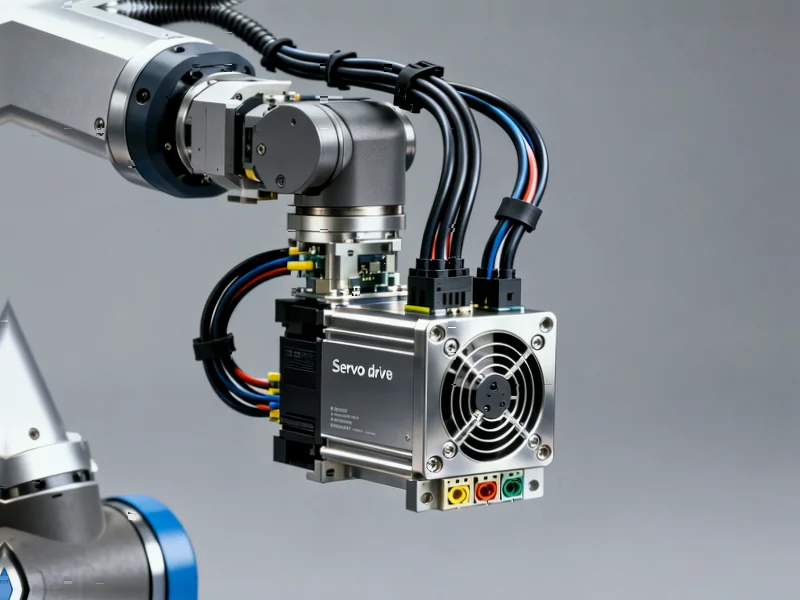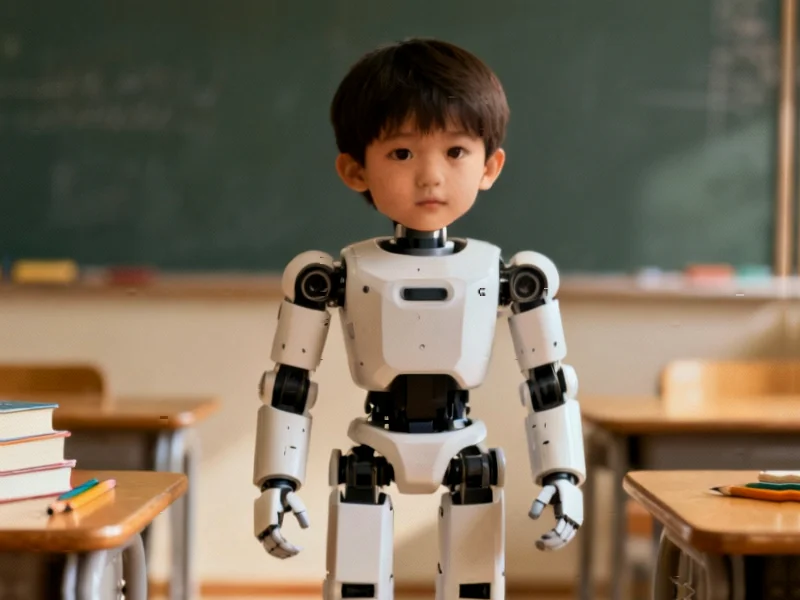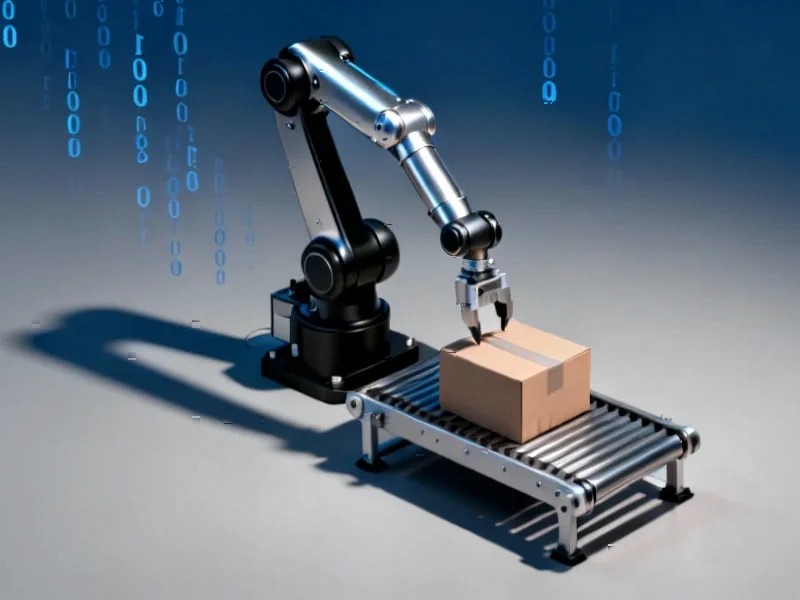Amazon’s aggressive automation strategy could eliminate over half a million potential jobs in the United States by 2033, according to a New York Times investigation. Internal documents reportedly show the company aims to automate 75% of its operations while carefully managing public perception of its robotics expansion. Amazon has disputed the report’s characterization of its plans, calling them incomplete.
Massive Workforce Implications
Amazon is reportedly planning an unprecedented automation expansion that could eliminate approximately 600,000 potential hires in the United States over the next decade, according to a comprehensive New York Times investigation. Sources indicate that company executives believe robotics implementation could allow Amazon to handle twice the product volume by 2033 without the massive workforce expansion that would otherwise be required.








